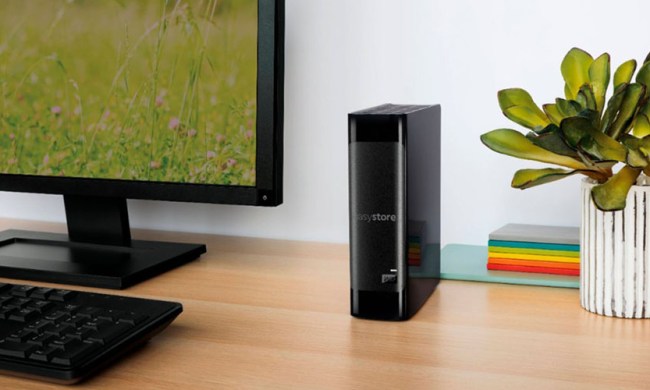
Hiding folders in Windows is a great way to tuck personal or important information away from prying eyes. It won't make it impossible to find them, but it will deter those who don't know there's something to look for. That's good, though, because it means your data is still readily accessible. If you want to further protect it, you'll need a password.
Here's how to hide folders in Windows 11, and how to find them again afterwards.
How to hide a folder in Windows
The following steps are for Windows 11, but the process is largely the same in Windows 10 -- the UI is just a little different.
Step 1: Right-click or tap and hold on the file or folder you want to hide, and select Properties from the drop-down menu. In this case, we're going to hide my Valheim server save backup. Don't want anyone finding that!

Step 2: In the properties window, select the checkbox next to Hidden to hide the folder. Then select Apply.

Step 3: When prompted, decide whether you want to also hide any files within, or subfolders of, the folder you're hiding. Then select OK.

Step 4: Wait for the process to complete. Your folder should now be hidden from view for most users on the PC. It will also no longer be findable in Windows search.
However, if you have it set to show hidden files, you'll see the folder in a translucent form.

Step 5: If you ever want to unhide this file or folder, follow the same steps above, but untick the box next to "Hidden." Then select Apply.
How to find a hidden folder
Hidden folders aren't impossible to find, although they won't show up in searches or be visible if you look for them in Windows Explorer. That is, unless you make them viewable. Here's how.
Step 1: Open Windows Explorer, or any folder.
Step 2: Select View from the top menu, followed by Show. Then select Hidden items.
Hidden folders and files will now show up as translucent ghosts of themselves. They'll be fully interactable, but will technically still be "hidden."

If you want to add more protection to your files, folders, and data, you could password protect them. You can also consider storing your files with a cloud storage service, like Dropbox or Google Drive. That way they aren't even on your device to find.


